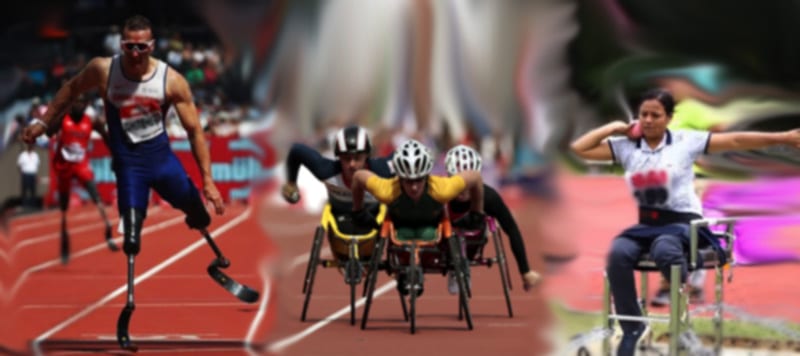About
The Sport
Athletics has been part of the Paralympic Games since 1960 and always attracts the largest number of spectators. The sport offers a wide range of competitions and events and is open to male and female athletes in all impairment groups.
Athletes compete according to their functional classification in each event. Some compete in wheelchairs and some with prostheses, while those who are visually impaired receive guidance from a sighted guide.
Para-athletics is governed by the IPC and coordinated by the World Para Athletics Sports Technical Committee.
In 2016, the sport was renamed from IPC Athletics to Para athletics and the International Federation was renamed to World Para Athletics.
So, whether you want to see athletes run 100m in just over 10 seconds, marvel at a high jumper with one leg clearing 2 metres, or a thrower propelling a discus nearly 50 metres, this is the sport for you.
COMPETITION DESCRIPTION
The events on the Paralympic programme include:
Track events: sprint (100m, 200m, 400m); middle distance (800m, 1,500m); long-distance (5,000m, 10,000m) and relay races (4x100m, 4x400m)
Road event: marathon
Field events: high jump, long jump, triple jump, discus, shot put, javelin
Combined events: pentathlon
SPORTS EQUIPMENT
Many athletics events require specific sports equipment, for example, the discus, shot or javelin. In addition, athletes may use certain assistive devices as specified in the World Para Athletics rules. This technology continues to advance at a rapid rate.
Wheelchairs are sports equipment in track and field events. Athletics wheelchairs tend to be very lightweight. The dimensions and features of wheelchairs are clearly specified in the World Para Athletics rules.
Prosthetic devices may be used by amputees. These have been specifically developed to withstand the demands of sports competition. IPC rules require the use of leg prostheses in track events; however, the use of prostheses in field events is optional.
Rope tethers or other devices may be used by runners with a visual impairment to link with their sighted guides. Acoustic devices (or a sighted “caller”) may be used to indicate take-off in jumping events, throwing target areas, etc.
HISTORY
The first Para-athletics competition was held in 1952 when wheelchair racing was part of the Stoke Mandeville Games which were organised for World War II veterans. It was one of eight sports included at the first Paralympic Games in 1960 which were held in Rome, Italy.
Over the next 20 years, additional impairment groups were added to Paralympic competition and today the sport is practised by athletes in over 120 countries making it the most widely practised Paralympic Sport.
Source: www.paralympic.org
ANY QUERIES?
If you have any queries, please drop us a note.

